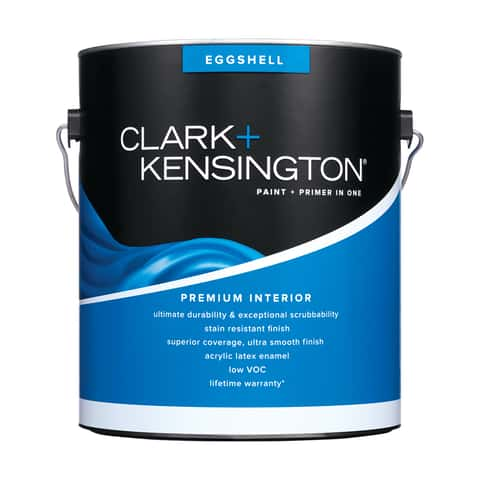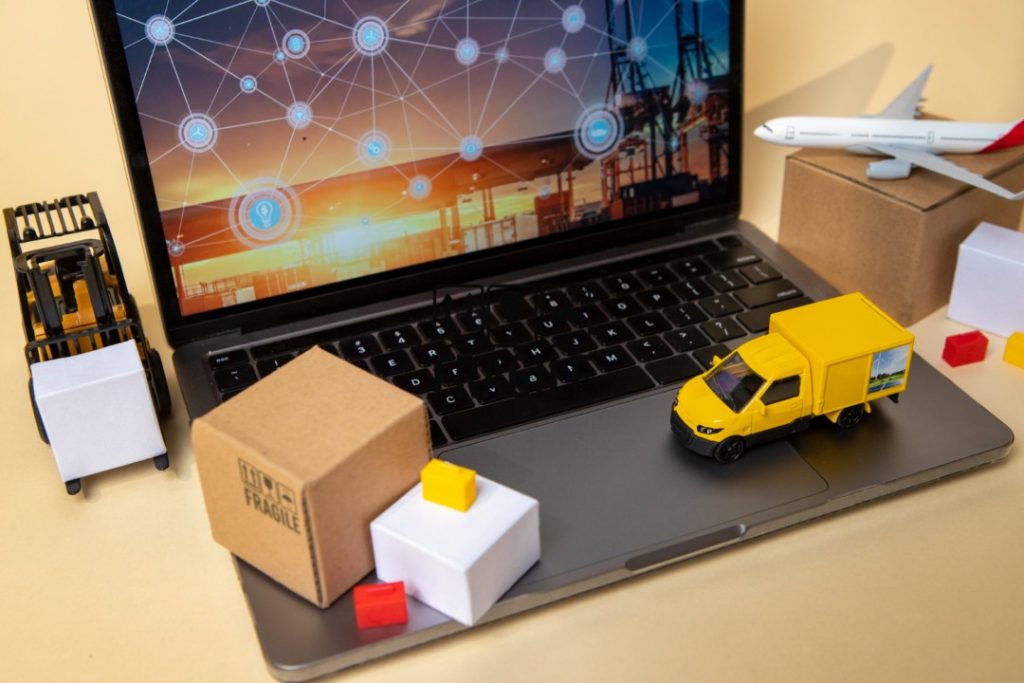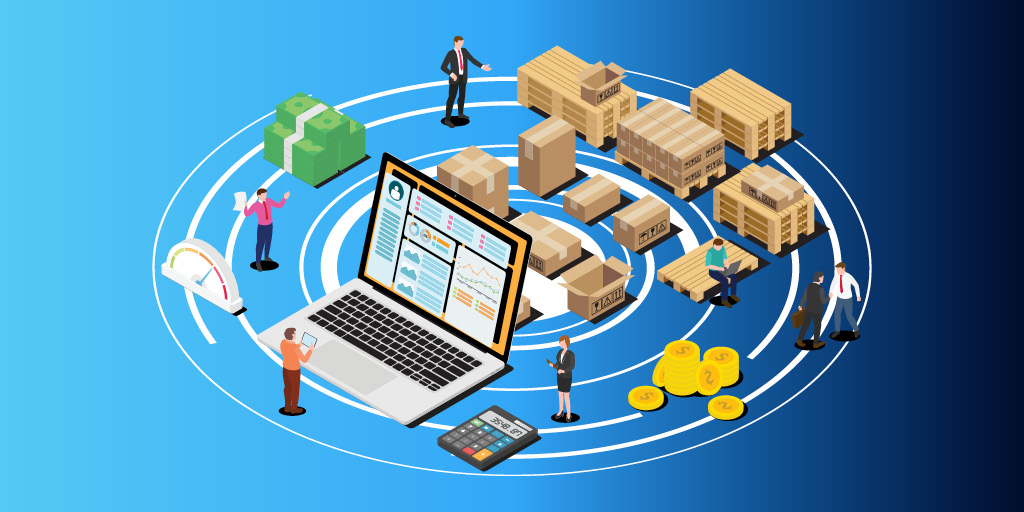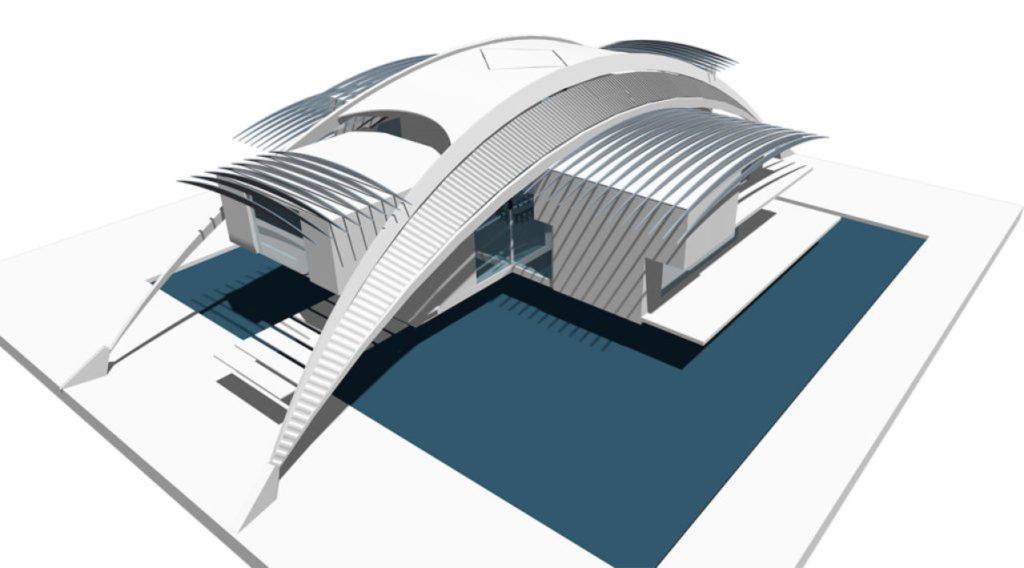This year had films that made audiences stomachs hurt with laughs. These movies made the cinema halls echo with barrels of laughter. These movies have become audiences’ favourite. So, if you find yourself a little sad or want some happy moments, then this is the time to watch the best Comedy Telugu movie of 2024.
Here is your daily dose of laughter-
[1] My Dear Donga
What will be your reaction if suddenly a thief break-in your house? Of course, your next thought will be to scream or call the police as soon as possible. However, this is not the case with Sujatha when he encounters Suresh, a small struggling thief. Out of desperation, he chooses Sujatha’s house in the hope of being able to steal something valuable. It turns out that instead of being angry or terrified, she engages him in a conversation. She feels intrigued by his past struggles, develops empathy for him and offers him a chance to change. My Dear Donga unravels several emotions. There is a touch of situational comedy that uplifts the scenes, unexpected twists and turns and some heartfelt moments that sustain the engagement of the audience with the movie till the end.
Director- The movie My Dear Donga is directed by B S Sarwagna Kumar
Stars– Nikhil Gajula, Abhinav Gomatam, Vamshidhar Goud
[2] Geethanjali Malli Vachindi
This film is a sequel to the movie “Geethanjali”. The director of the film is back with the much-awaited “Geethanjali Malli Vachindi.” The movie is about filmmaker Sreenu, who, after his first successful debut, received nothing but failures. He doesn’t put his guard down with this setback and reunites with his friends Athreya and Arudra to make a horror comedy movie. The movie gets interesting when they discover that they have picked a haunted bungalow inhabited by evil spirits. What will happen now? How are they going to deal with these ghosts, and is he able to complete his film? All these questions would be left unanswered if you don’t go and watch this movie available on Aha.
Director– Shiva Turlapati
Star cast– Anjali as Geethanjali, Srinivasa Reddy as Sreenu, Satyam Rajesh as Athreya and Shakalaka Shankar s Arudra.
 [3] Gorre Puranam
[3] Gorre Puranam
This movie is about the heartfelt journey of a sheep named Rama, who dreams of reaching a spot that he admires from a hilltop. During the journey, Ram faces many hurdles, like religion and politics. His pursuit of freedom and rebellion against certain norms and expectations put forth by the authorities lands him in jail. He meets an inmate named Suhas, which leads to a sudden, inexplicable connection between them and carries the story forward. The film is primarily based on political drama and dark comedy. It uniquely uses metaphor to explain various themes like ambition, freedom and different societal barriers that one should overcome to live their dreams.
Director– Bobby Verma
Cast– Suhas, Posani Krishna Murali and Raghu Karumanchi in the lead roles.
Are you still looking for an online platform to watch these movies? Your search ends here!
Aha, India’s leading online streaming platforms have loads of movies, from action to the best comedy Telugu movie of this year. Grab your popcorn, and your friends and family to watch these movies and let them also discover the fun.











